LPG storage tank, liquidized gas tank , tank storage , tank , water tank, tank body
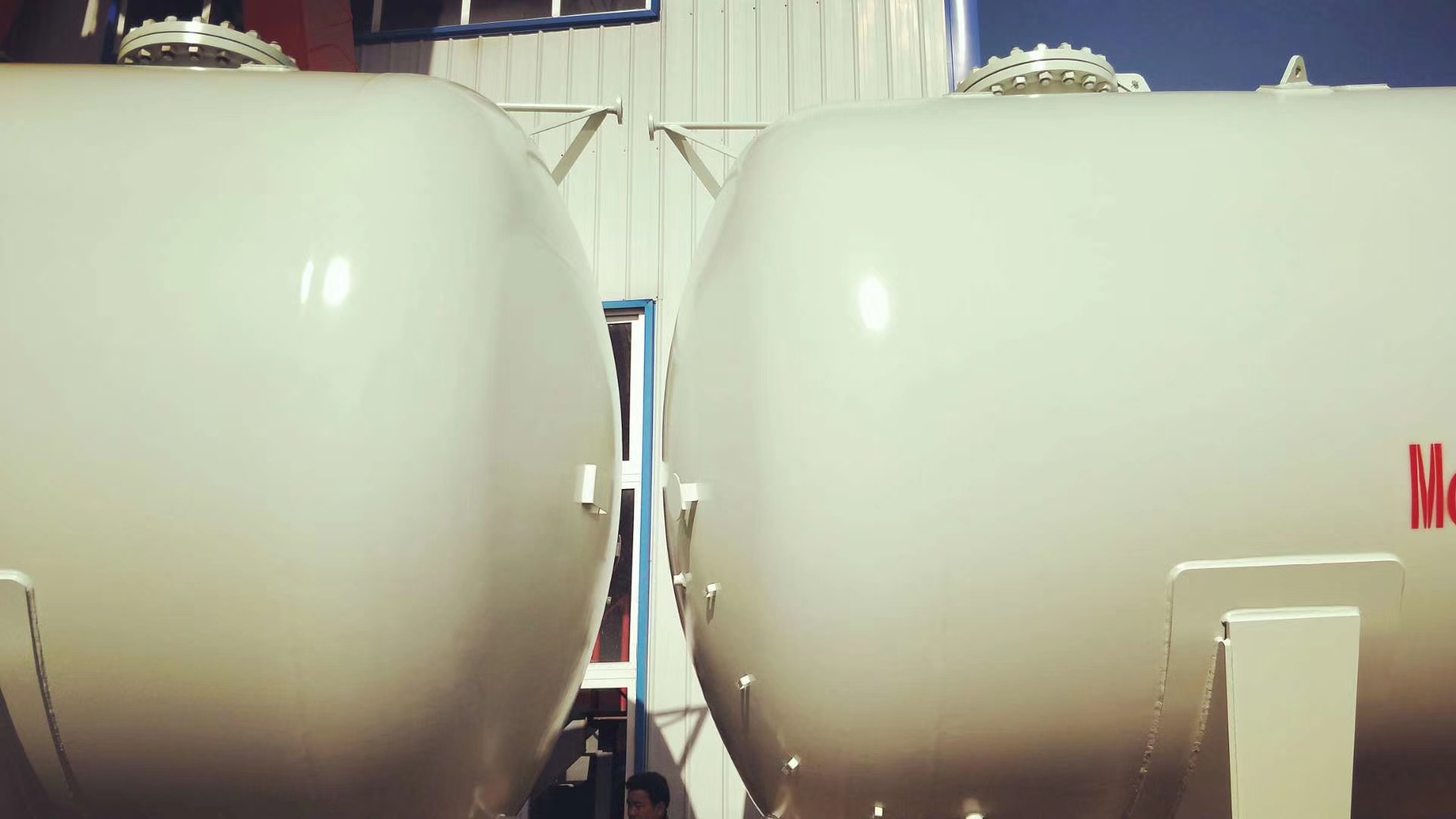
LPG can be used as an alternative fuel in vehicles, and may lead to lower vehicle maintenance costs, lower emissions, and fuel costs savings compared to conventional gasoline and diesel.
Related news
-
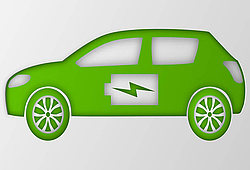
QXC5250GYY Environmental Protection Information Publicity of Qixing Brand
Information Open Number: CN ZC G5 Z20 C93000001 000002 Engine Model: ISB 21050 Manufacturer: Hubei Qixing Automobile Body Co., Ltd.
-
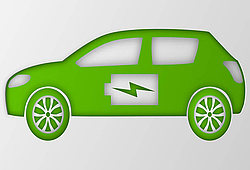
Qixing QXC5040XXDA Environmental Protection Information Disclosure
Information Open Number: CN ZC G5 Z20 C93000012 000002 Engine Model: F1CE34818 Manufacturer: Hubei Qixing Automobile Body Co., Ltd.
-
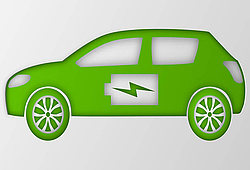
Qixing QXC5040XXCA Environmental Protection Information Disclosure
Information Open Number: CN ZC G5 Z20 C930008 000002 Engine Model: F1CE34818 Manufacturer: Hubei Qixing Automobile Body Co., Ltd.
-

EV Truck new marketing,new Tendency
Hubei Qixing vehicle-Body company,had attended the 124# China Import and export fair.Qixing received lots of customer visiting our products,especially the Electric truck have been
-
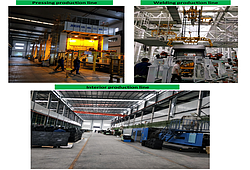
Qixing New Automatic Production Lines
In the year 2018, in order to satisfy and meet our domestic and international customers reuquirements, Qixing factory start and has introduced three new Automatic Production Lines:
-
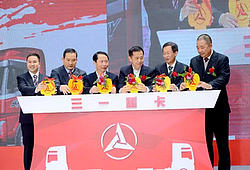
Qixing designed a new style cabin for SANY heavy truck
February 26, 2018, Qixing Truck Cabin Manufacturing Co., Ltd. got a good exciting news.Qixing Company designed and produced a new truck cabin for the SANY Group, SANY assembled the
-
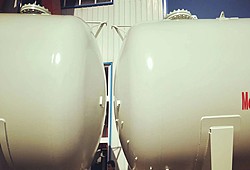
LPG storage tank, liquidized gas tank , tank storage , tank , water tank, tank body
LPG can be used as an alternative fuel in vehicles, and may lead to lower vehicle maintenance costs, lower emissions, and fuel costs savings compared to conventional gasoline and d
-
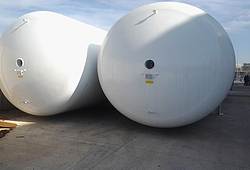
What is LPG
LP Gas is a clean energy solution, which emits 50% less CO2 emissions than coal and 20% less than heating oil, making it ideal for use in heating and cooking. LPG also improves bot

 Chinese
Chinese English
English Arabic
Arabic